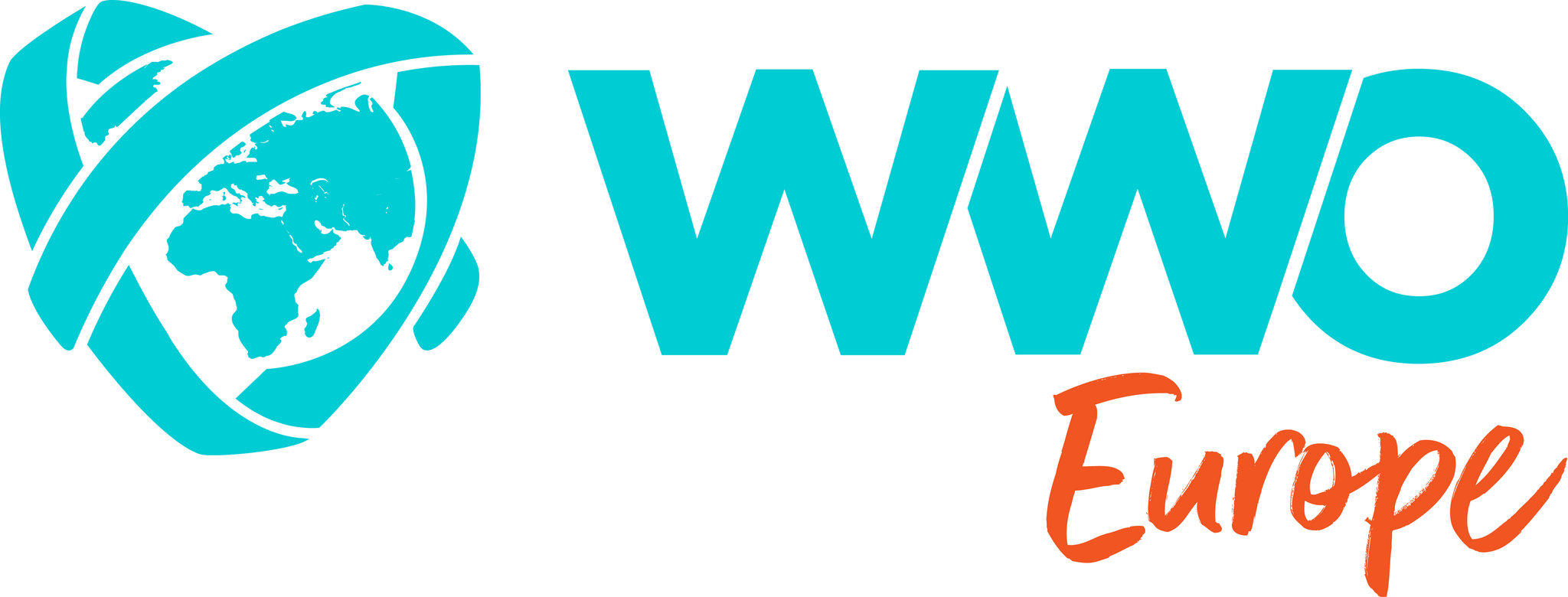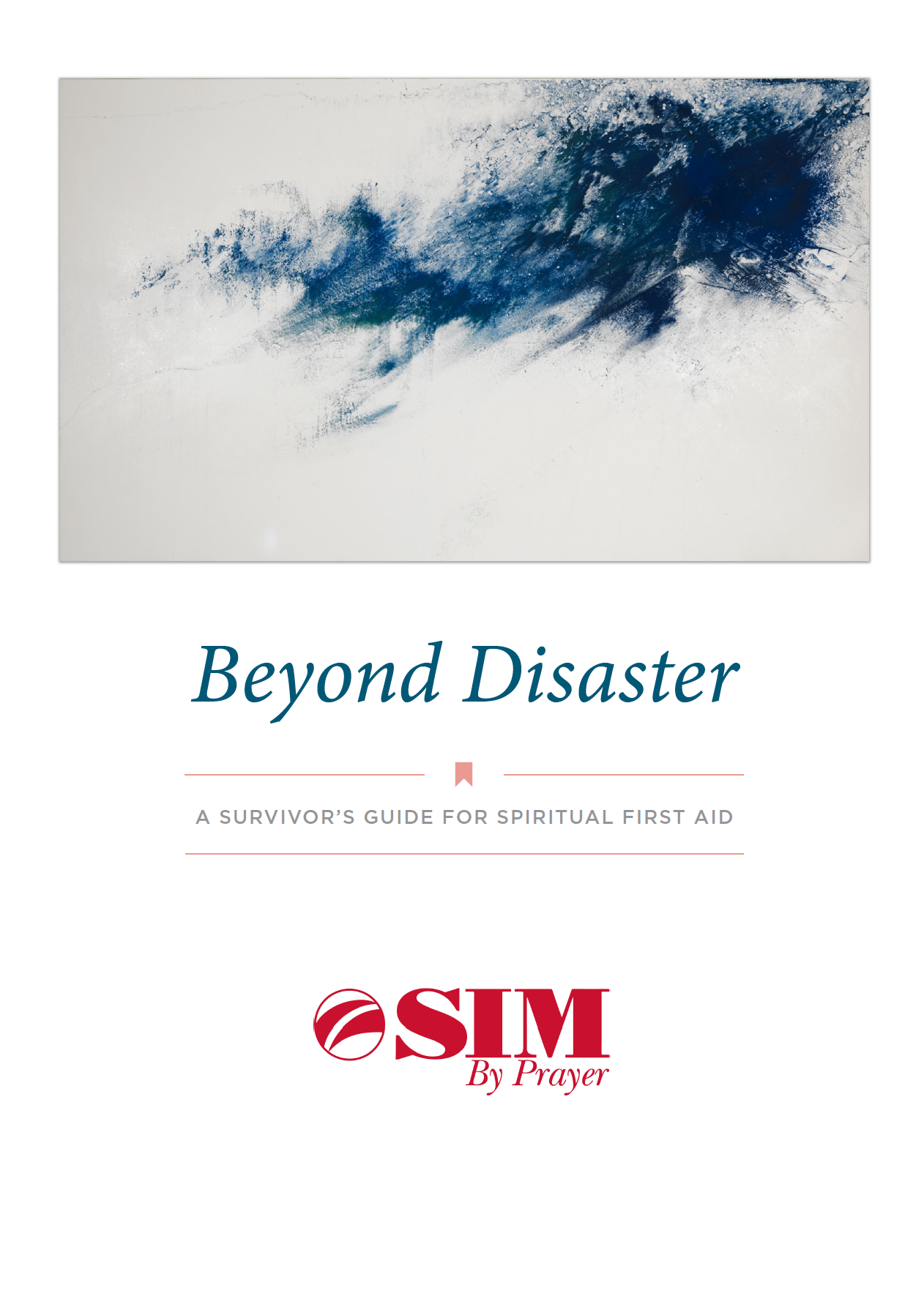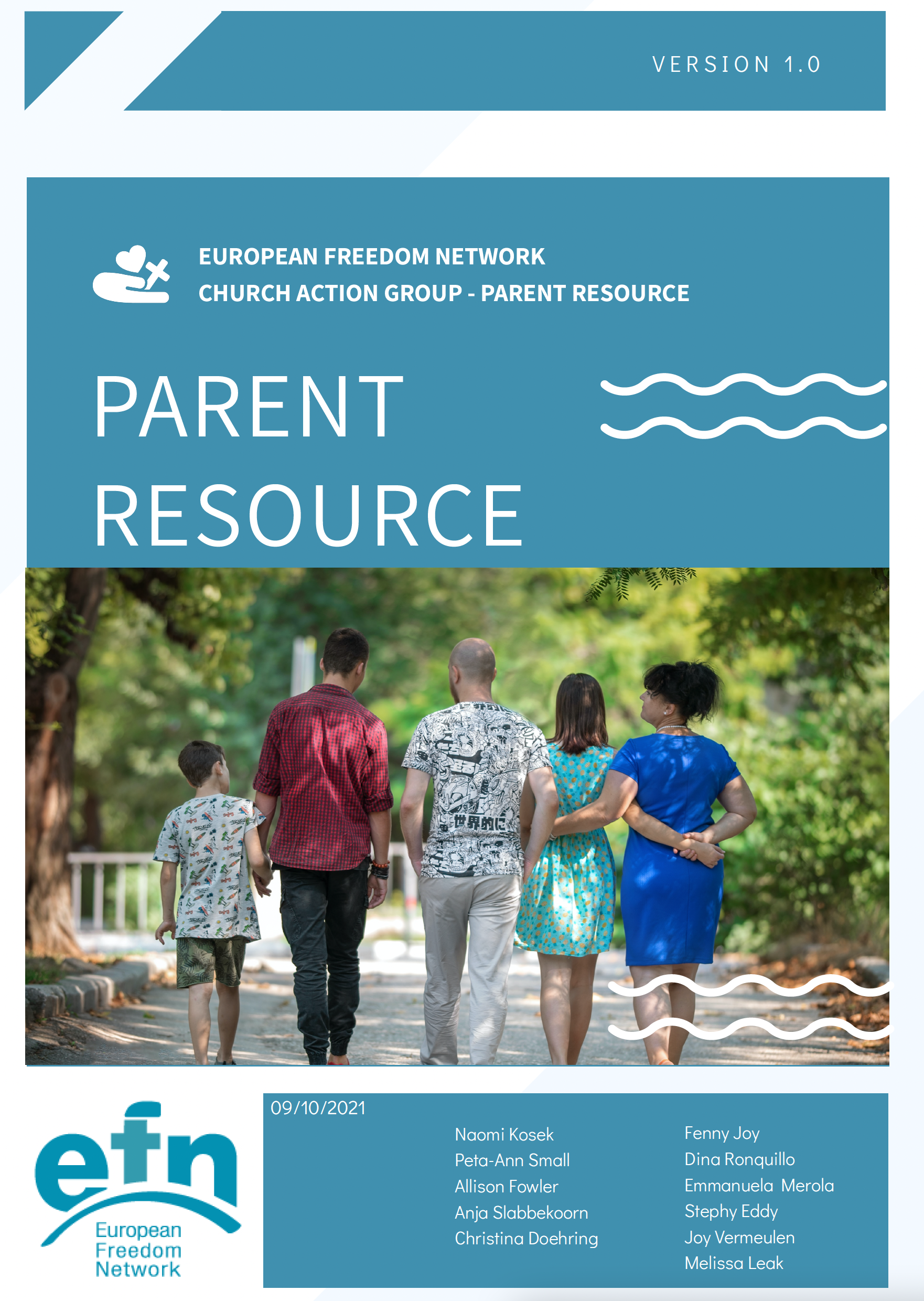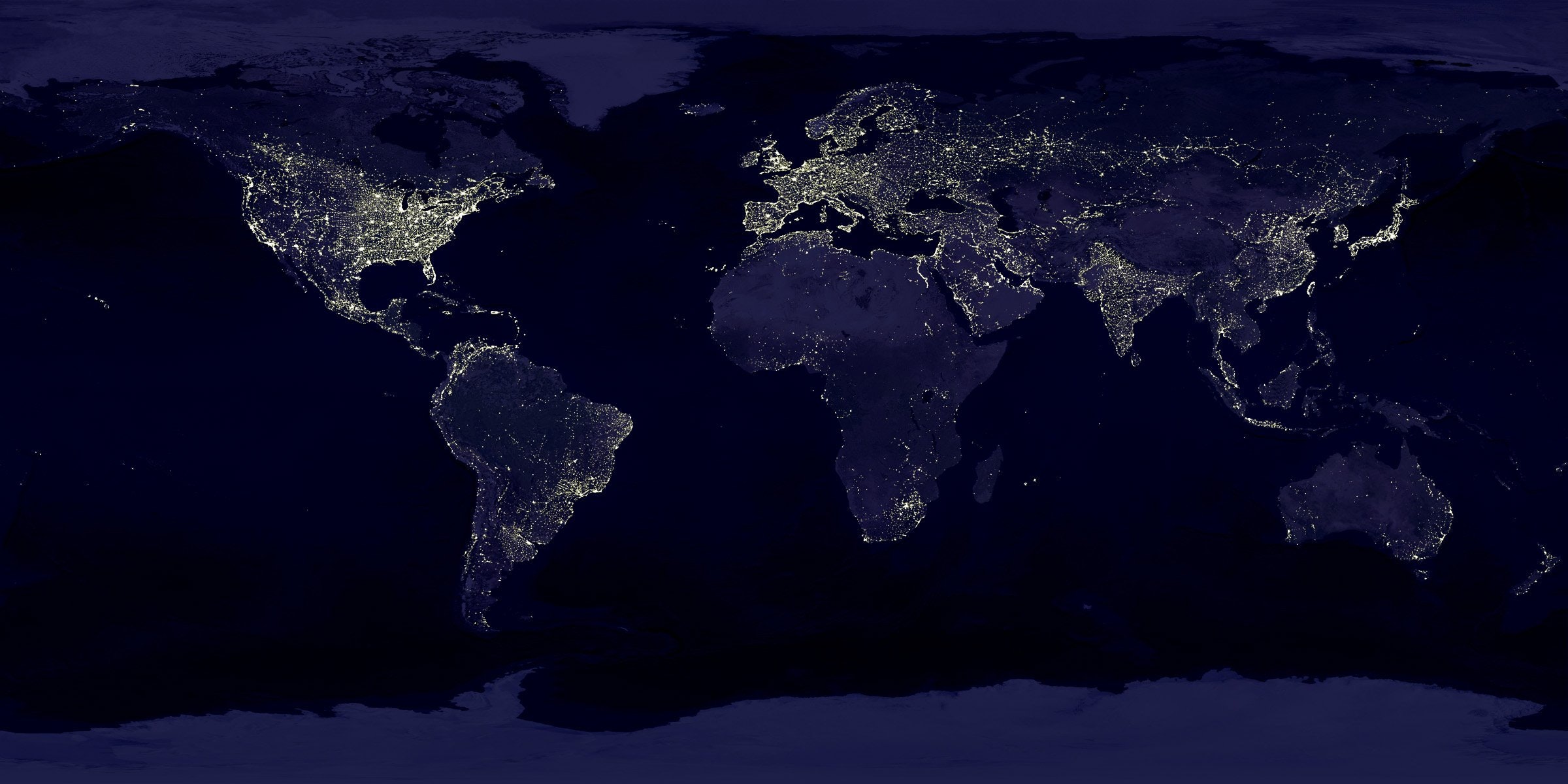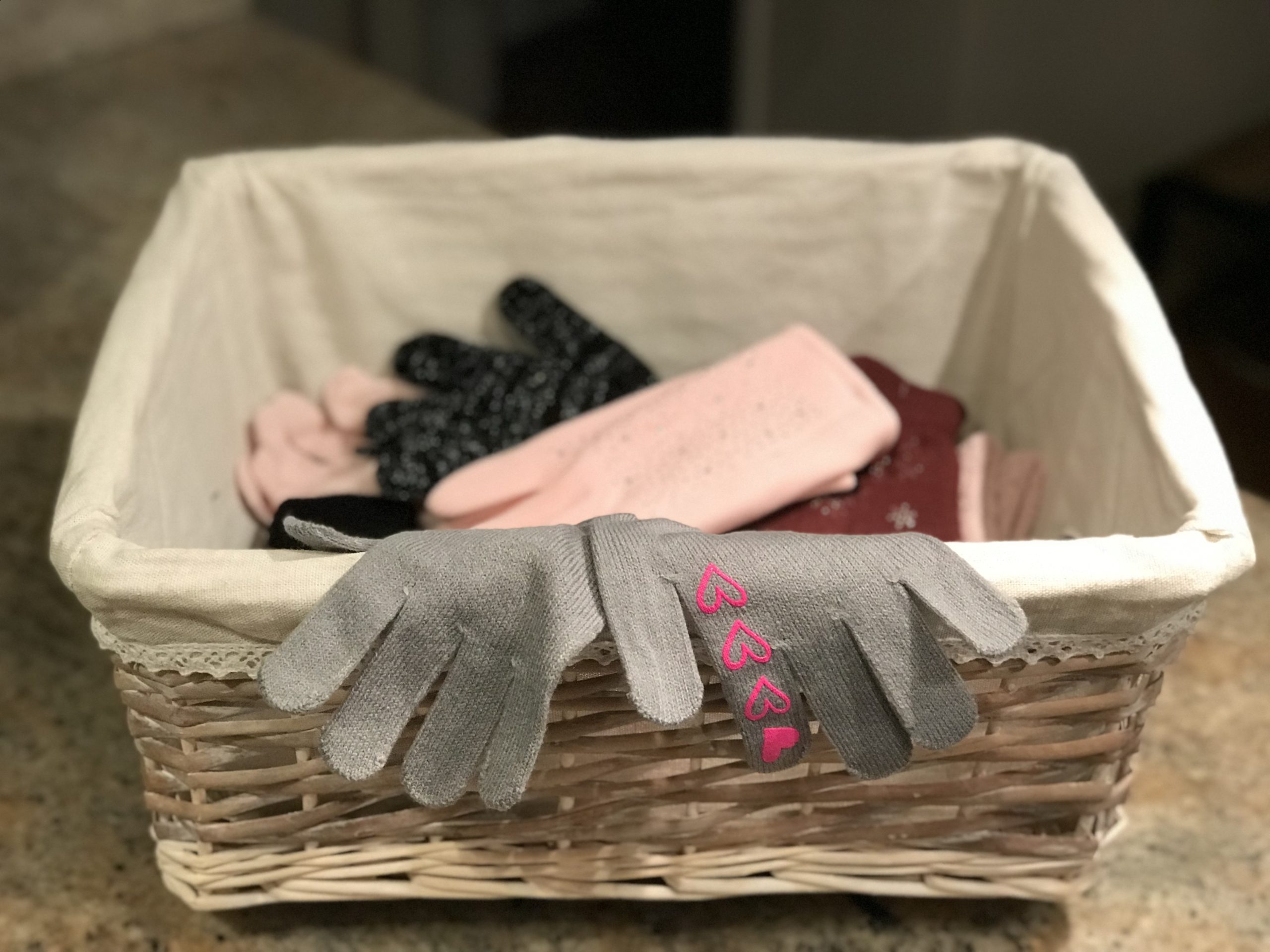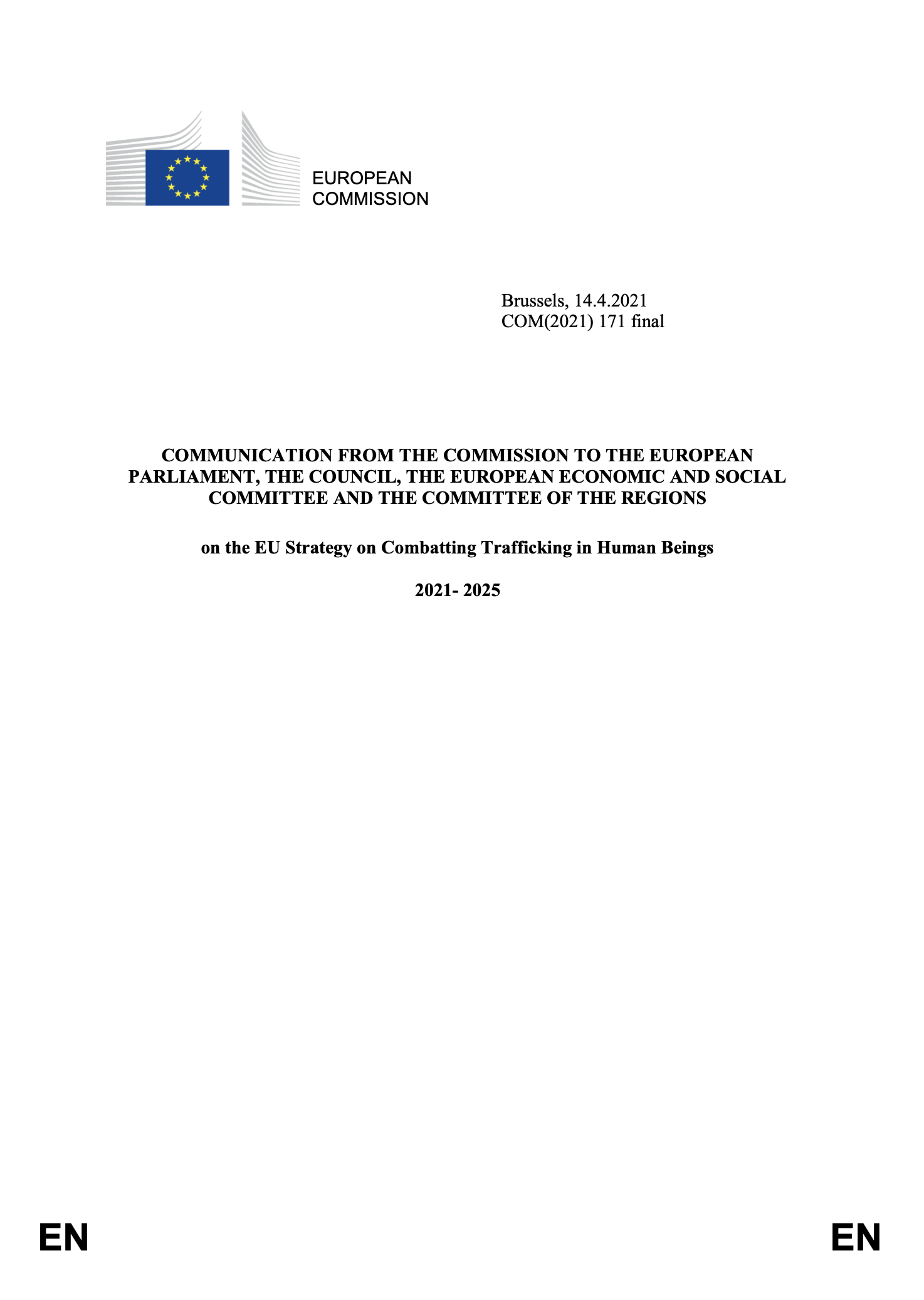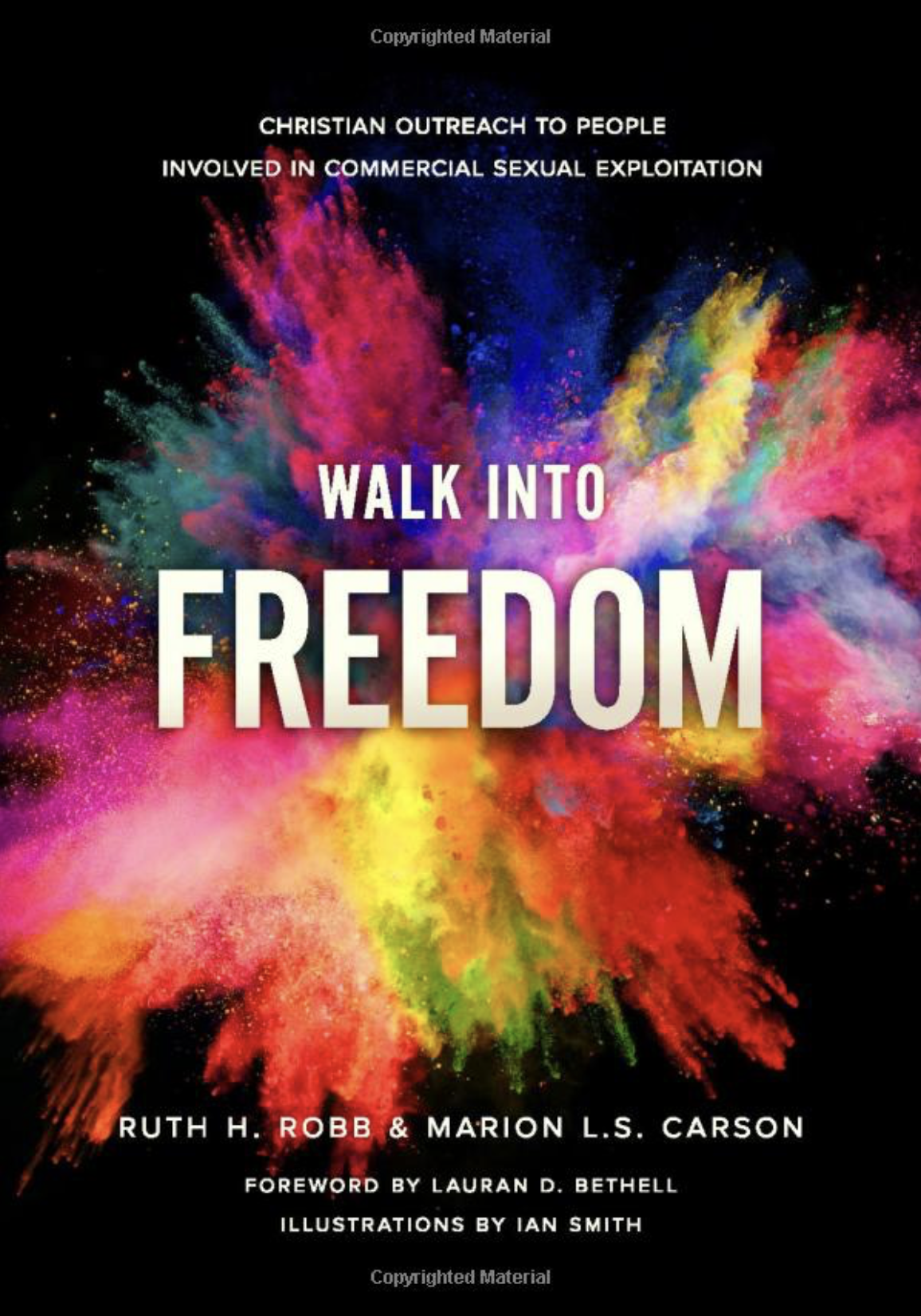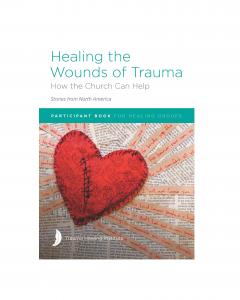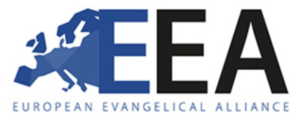SEARCH FOR NEW EFN (CO)-DIRECTORS
The European Freedom Network is looking for new (co)-directors to lead this growing Christian network on human trafficking and exploitation into its next chapter. About the role The board is looking for ideally 2 visionary leaders with a passion for seeing the power of a Christian network harnessed to contribute substantially to the fight against human [...]


